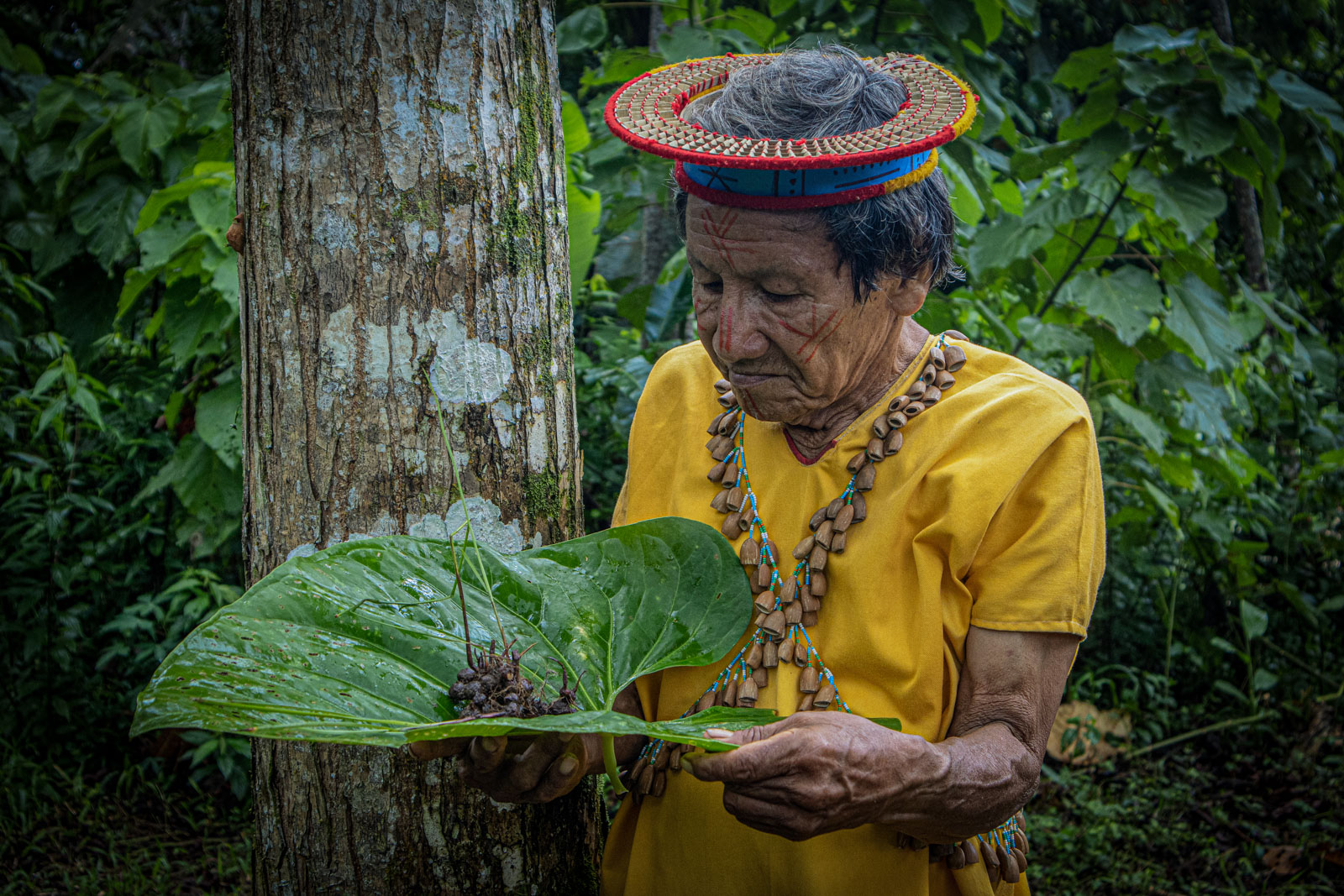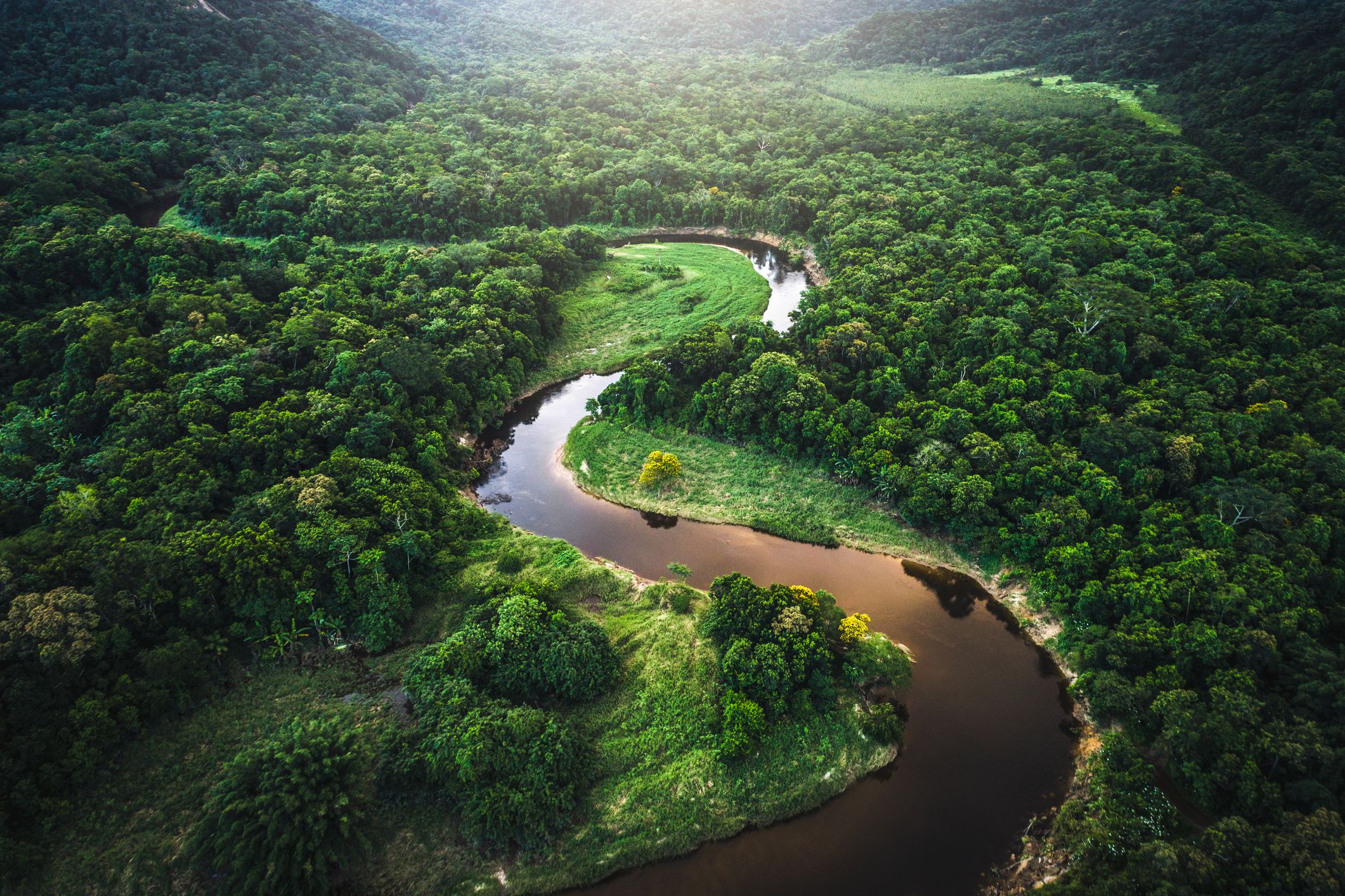The Lungs of Our Planet
The Amazon Rainforest, spanning nine South American countries, is the world's largest tropical rainforest and is often referred to as the "Lungs of the Earth." This incredible ecosystem covers approximately 5.5 million square kilometers and is home to the Amazon River, the world's largest river by discharge volume of water.
With unparalleled biodiversity, the Amazon houses at least 10% of the world's known species, including 40,000 plant species, 2.5 million insect species, and thousands of birds and mammals. Its complex ecosystem plays a crucial role in stabilizing the Earth's climate by absorbing carbon dioxide and producing about 20% of the world's oxygen.
Beautiful Rainforest Photos

Lush Canopy
The dense canopy of the Amazon forms its own ecosystem high above the forest floor.

Hidden Waterfalls
Spectacular waterfalls cascade through the pristine jungle landscape.

Indigenous Cultures
The rainforest is home to hundreds of indigenous communities with rich cultural heritage.

Vibrant Flora
Unique plants and colorful flowers adorn the forest in a stunning display of biodiversity.

World's Pharmacy
Over 25% of modern medicines come from rainforest plants, with many species still undiscovered.

The Mighty Amazon
The world's largest river by discharge volume winds through the dense rainforest.
Fun Facts
One in Ten Species
About 1 in 10 known species in the world lives in the Amazon Rainforest. That's more than 40,000 plant species, 2.5 million insect species, and thousands of birds and mammals!
River Giant
The Amazon River discharges approximately 209,000 cubic meters of water into the Atlantic Ocean every second – enough to fill 83 Olympic swimming pools!
Self-Watering Forest
The Amazon creates at least half of its own rainfall through transpiration. Water evaporates from the trees and returns as rainfall, creating a continuous cycle.
Nine Countries
The Amazon Rainforest spans nine countries: Brazil (60%), Peru, Colombia, Venezuela, Ecuador, Bolivia, Guyana, Suriname, and French Guiana.
Interesting Facts

World's Pharmacy
More than 25% of modern medicines originate from rainforest plants.
Undiscovered Treasures
Scientists estimate that only a small percentage of the Amazon's plant and animal species have been identified, with new discoveries made regularly. In a single decade, scientists discovered more than 1,200 new species in the Amazon.
Ancient Human Inhabitants
Evidence suggests humans have lived in the Amazon for at least 11,000 years. Today, the rainforest is home to about 400-500 indigenous groups, with approximately 50 of these living in complete isolation from the outside world.
Diverse Ecosystems
The Amazon is not just one ecosystem but a mosaic of different habitats including terra firme forests, seasonally flooded várzea and igapó forests, savannas, swamps, and bamboo forests - each with its own unique species.
Carbon Storage
The Amazon stores an estimated 123 billion tons of carbon, helping to stabilize the global climate. Deforestation releases this carbon into the atmosphere, contributing to climate change.
Things to Know
Climate & Seasons
The Amazon experiences two main seasons:
- Rainy Season (December-May): Higher water levels make river navigation easier, but with daily rainfall.
- Dry Season (June-November): Less rainfall, more hiking opportunities, and easier wildlife spotting.
- Temperature remains hot and humid year-round, averaging 25-28°C (77-82°F).
Biodiversity Threats
The Amazon faces several critical threats:
- Deforestation for agriculture and cattle ranching
- Illegal logging and mining operations
- Climate change altering rainfall patterns
- Infrastructure development fragmenting habitats
- The Amazon has lost about 17% of its forest cover in the last 50 years
Conservation Efforts
Numerous initiatives are working to protect the Amazon:
- Protected areas and indigenous reserves cover approximately 45% of the Amazon Basin
- Sustainable development programs promoting forest-friendly livelihoods
- International agreements to reduce deforestation
- Reforestation projects restoring degraded areas
- Scientific research documenting biodiversity
Travel to the Rainforest
Popular Destinations
Manaus, Brazil
The gateway to the Brazilian Amazon, featuring the Meeting of the Waters where the Rio Negro and the Amazon River run side by side without mixing for several kilometers.
Iquitos, Peru
The largest city in the Peruvian Amazon, accessible only by air or water, offering access to the Pacaya-Samiria National Reserve.
Cuyabeno Wildlife Reserve, Ecuador
One of the most biodiverse areas in the world, with opportunities for canoe trips, wildlife viewing, and visits to indigenous communities.
Puerto Maldonado, Peru
Gateway to Tambopata National Reserve and Manu National Park, known for clay licks where macaws and parrots gather.
Travel Tips
- Pack appropriately: Light, quick-drying clothes, rain gear, insect repellent, sturdy walking shoes, and waterproof bags for electronics.
- Health precautions: Consult with a travel doctor about vaccines and malaria prevention before your trip.
- Book with reputable guides: Choose eco-friendly operators that support conservation and local communities.
- Stay hydrated: The rainforest climate is hot and humid; drink plenty of treated or bottled water.
- Respect wildlife: Observe animals from a distance and follow guide instructions.
- Cultural sensitivity: When visiting indigenous communities, follow local customs and ask before taking photographs.
- Best time to visit: June to September offers the best balance of accessibility and wildlife viewing.
Note: Sustainable tourism is vital to protecting the Amazon's ecosystems. Choose experiences that minimize environmental impact and support local communities.
Help Preserve the Amazon
The Amazon Rainforest needs our protection. Learn how you can contribute to conservation efforts.